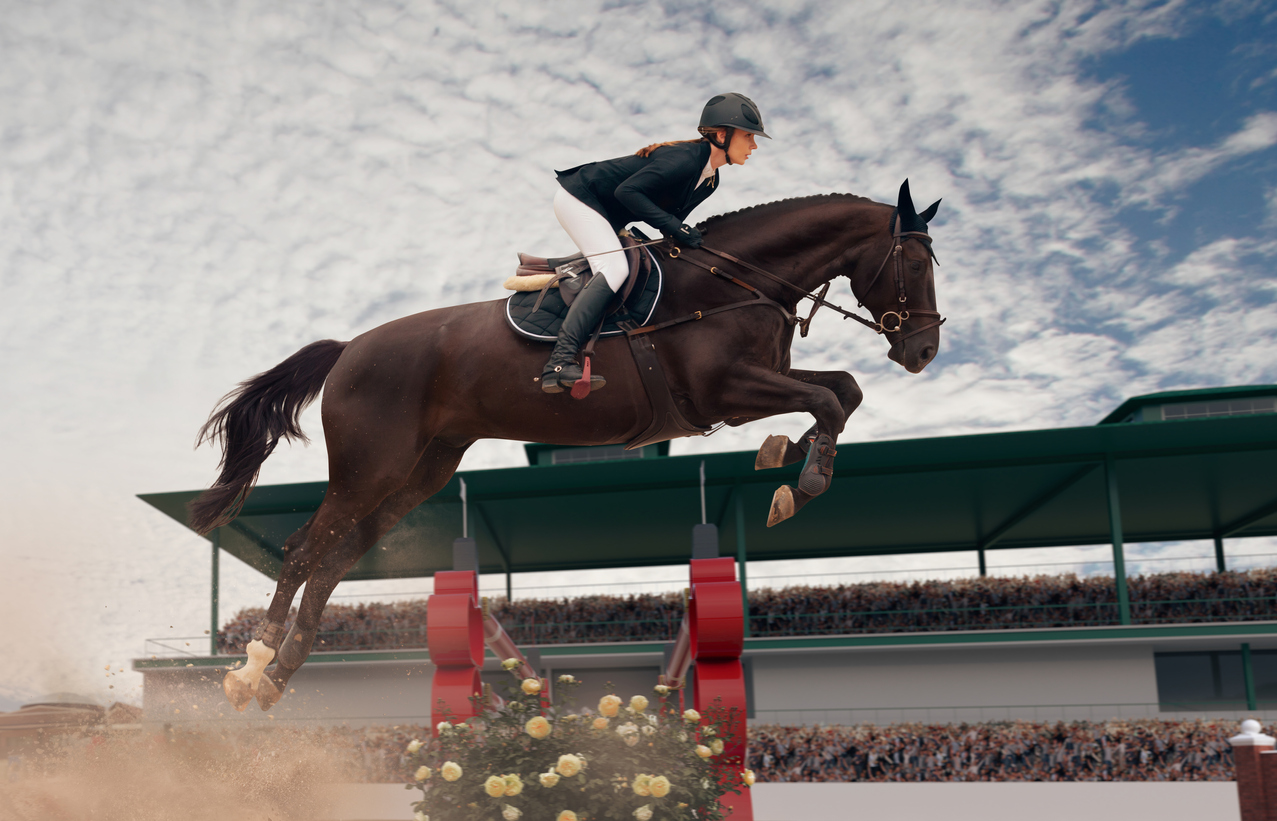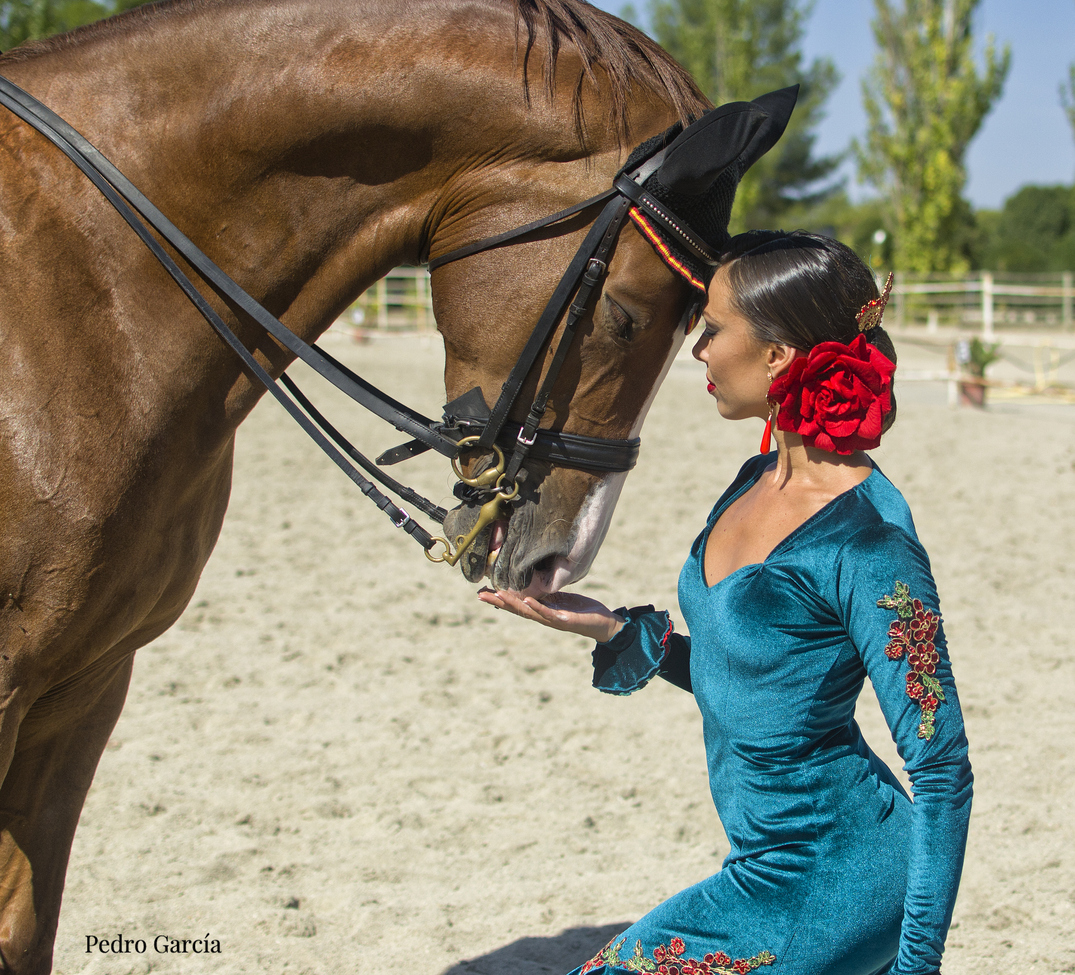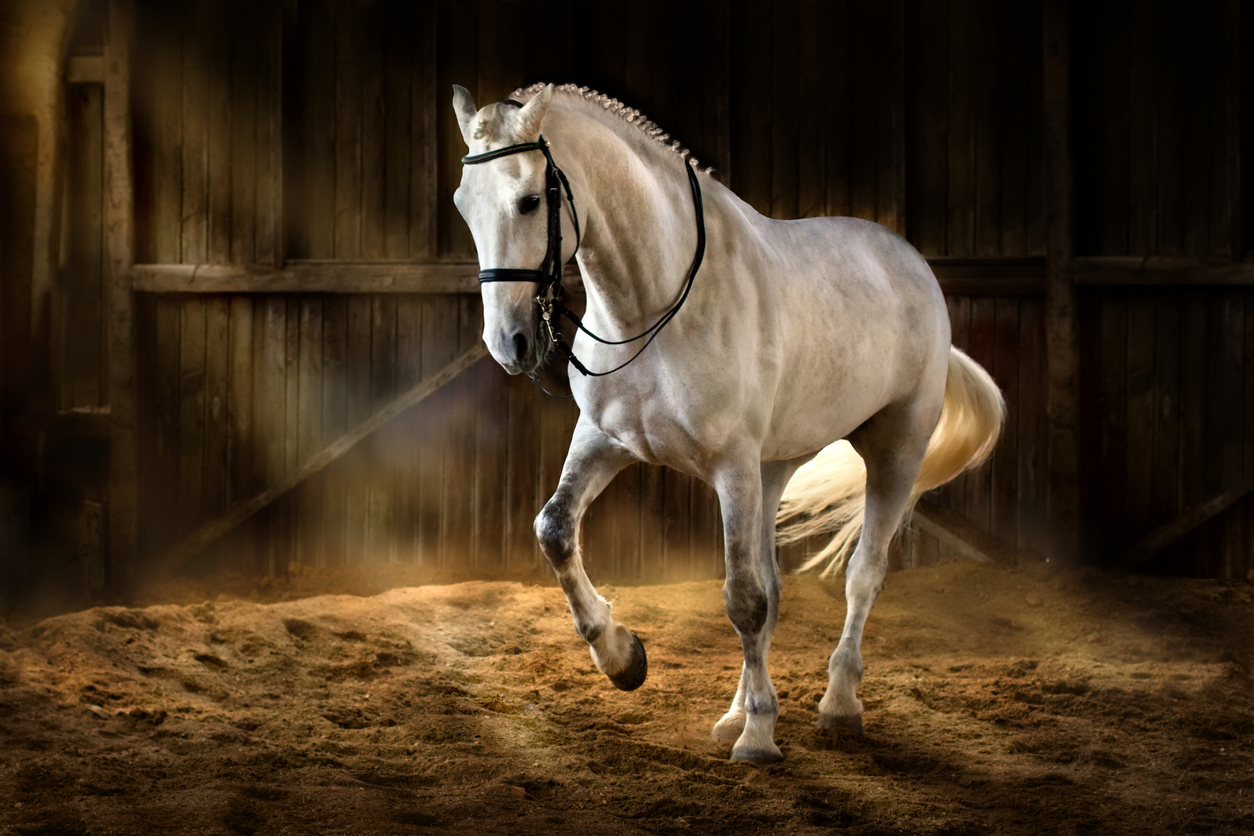Horses in art, the majesty of horse riding, and the principles of horse breeding and basics of good horse care make owning a horse a full-time job and an absorbing hobby that requires time and real passion—even more so when it comes to a breed that can look back to a centuries old history. The Purebred Spanish Horse (also known as the Andalusian horse) dates back to late Neolithic, and there are glowing accounts of such a stallion already being ridden at the time. But it was not until centuries later that the term was finally coined.
As early as Roman times, authors such as Pliny the Elder and Seneca referred to the horse of Hispania and, with the advent of Philip II of Spain, the breed acquired the worldwide status of unique variety and one worthy of special care, forbidding it to be mixed with other species. Philip II created the Royal Stables of Cordoba, bringing together in Andalusia the best mares and stallions. The location was not a chance occurrence; the area surrounding the Guadalquivir River was home to the best and most prolific species for horse breeding.
This much sought-after breed gained international fame and spread across Europe, and is currently present in Germany, France, England and other neighbouring countries. It even arrived in America, thanks to the conquerors that brought some species with them on their journeys across the Atlantic.

What Makes The Purebred Spanish Horse So Special?
Blessed with fascinating beauty and elegance, with a high-set arched neck carried proudly, the Purebred Spanish Horse stands out for his longevity, with an average life span of 20 to 35 years. Worth noting are their facial features, among which, highly expressive eyes and agile ears that help them be aware of everything happening around them. Strongly built and compact, yet elegant, the Purebred Spanish Horse has long, thick manes and low-set tails with abundant, long and often wavy hair.
In character the breed is calm, sensitive, highly intelligent, quick to learn, and forms strong friendship bonds with humans. In life the breed is hardy, healthy, tough, resilient, and willing to work very hard.
With brilliant, agile, energetic and cadenced paces, and notable ease for collection and turns on the haunches, these exquisite horses have excellent aptitudes to carry out a variety of functions. Aside from being extraordinarily comfortable, they are obedient and have an easy and quick response to their rider’s aids.

Their main service is under saddle, finding great facility for dressage (including competition dressage) and other equestrian disciplines such as show-jumping, showing and eventing.
The Basics Of Good Purebred Spanish Horse Care
Good horse care is essential to enhance the horse’s physical appearance. A constant and unlimited supply of fresh clean water is an essential element in good horse care. For its part, the diet should represent between 2 and 3% of the horse’s body weight.
Grooming should be carried out daily in winter—ensuring you dry the horse thoroughly—and twice a day in the summer season, when you can leave your horse to dry in the sun, which will help the animal to cool off.
Remember to curry the horse’s body to get rid of the coarser dirt and use a body brush to whisk away any remaining dirt. A finishing brush will help to bring out the shine on his coat and smooth out the body hair, leaving your horse looking more finished and glossy.
The dramatic appearance of the Andalusian horse, with its arched neck, muscular build and energetic gaits, has made it a popular breed to use in film, particularly in historical and fantasy epics. They have been present in films ranging from The Lord of the Rings trilogy to Braveheart—picture Mel Gibson hacking out on such a fine animal’s back.




